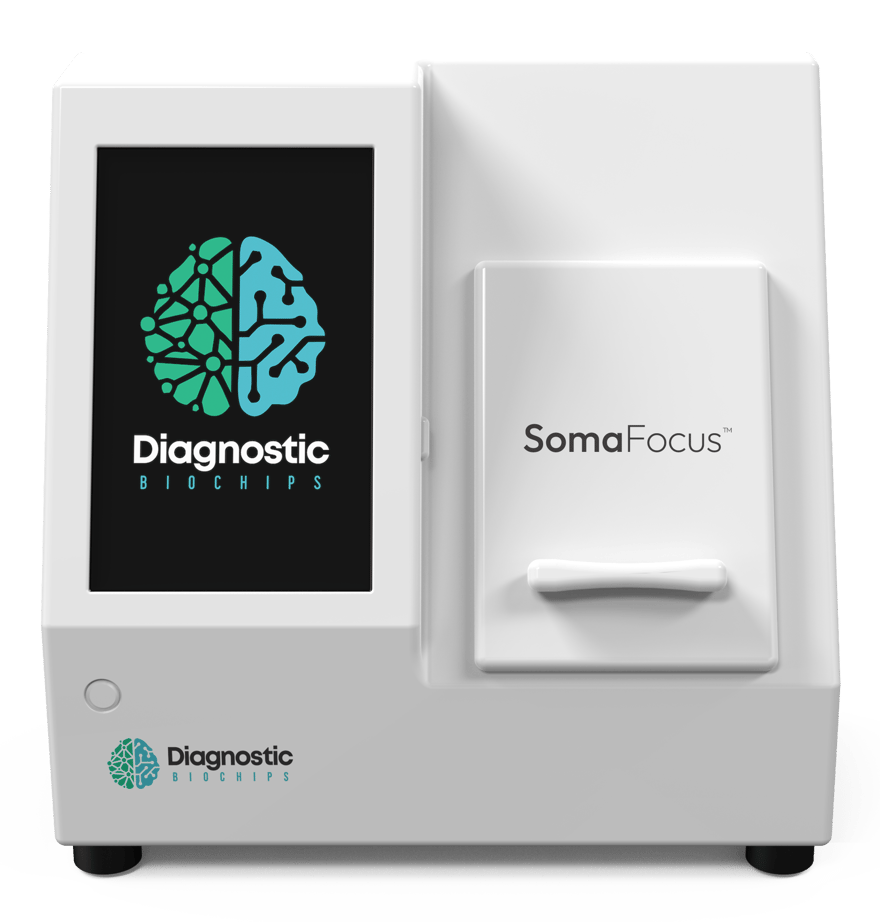The Applications of SomaFocus™

Assess Electrophysiological Function and Model Quality
Move beyond cell composition and gene expression to measure true physiological performance in real time. SomaFocus delivers high-throughput, high-resolution readouts of organoid function—revealing whether mature networks are forming, circuits are functionally active, and models are viable and ready for downstream experiments. Complement your -omics data by asking the critical question: Does it function like the disease — not just express similar markers?
Key Application Insights from the First SomaFocus Study with Merck Collaborator
“Inspired by the analytical power of silicon probes for depth recordings and the transformative impact of automation for patch clamp techniques, we developed a fully automated platform for high-throughput, depth-resolved electrophysiology in intact brain organoids.”
“Probe insertion was completed in a median of 4.43 min… the system yields rapid and accurate phenotype classification using only spike data collected during the probe insertion phase.”

Disease Model for Drug Discovery
Go beyond molecular markers to determine whether your organoids mimic disease-relevant physiology. With SomaFocus, you can detect excitatory/inhibitory imbalance, disrupted network synchrony, and circuit-level dysfunction across the 3D volume in models of Alzheimer’s, autism, epilepsy, and more. Measure real-time responses to drug candidates and pinpoint which neural populations are affected through spike shape and morphology. These functional insights reveal whether your model behaves like the disease and help you prioritize therapeutic leads before advancing to in-vivo studies, streamlining the path from screening to discovery.
Key Application Insights from the First SomaFocus Study with Merck Collaborator
“Despite the observed reduction in Aβ levels, the treatments do not produce a detectable functional rescue… the electrophysiology-based model continued to classify the treated organoids as AD-like… the discrepancy between immunostaining and neuronal activity underscores the value of a functional readout.”
“Machine learning classifiers accurately predict organoid class identity from short novel recordings… Session classification achieved perfect performance on the test set (AUC = 1.0).”
